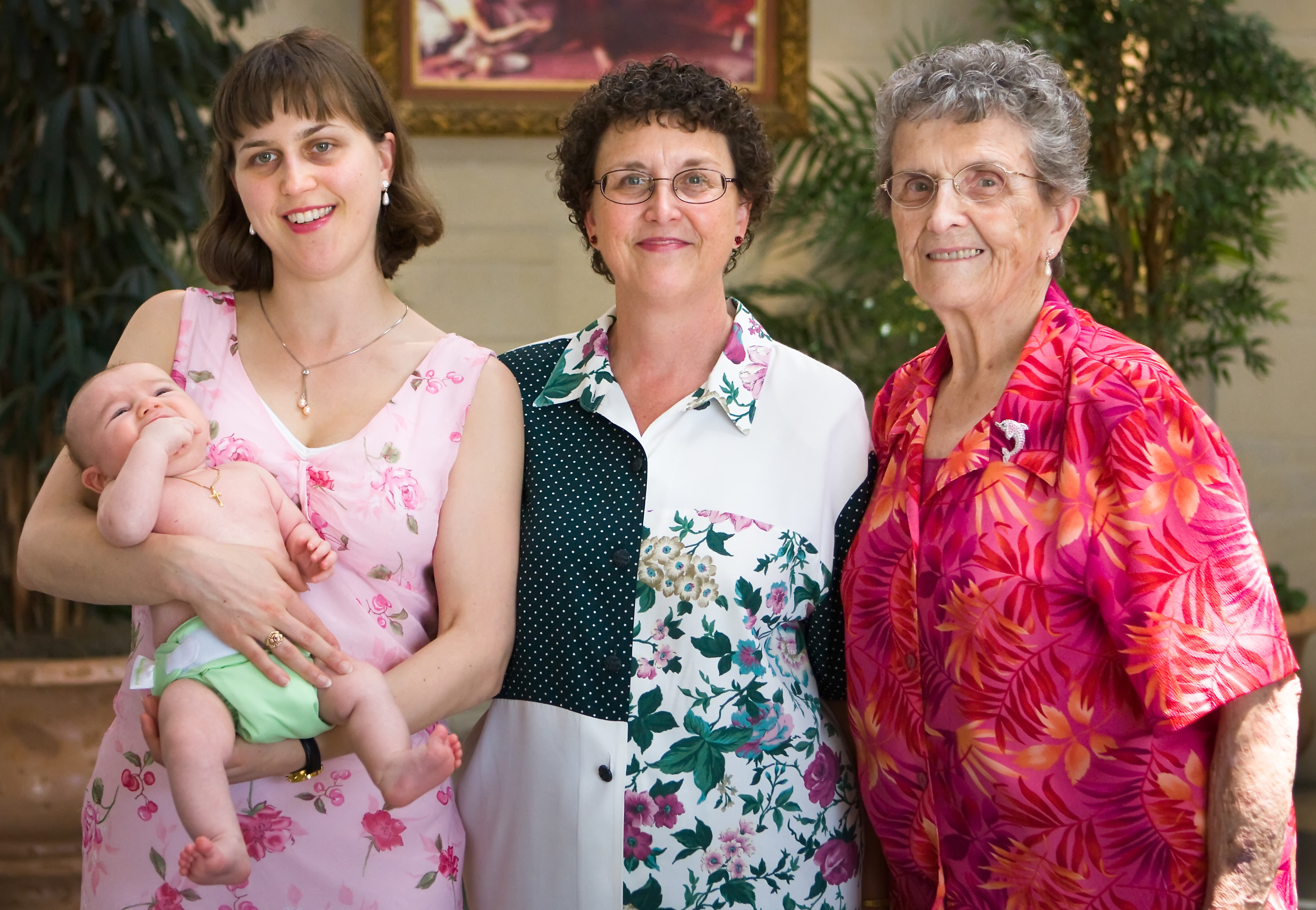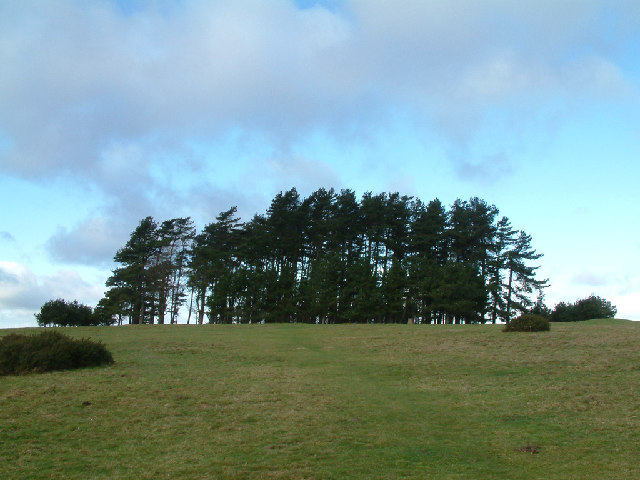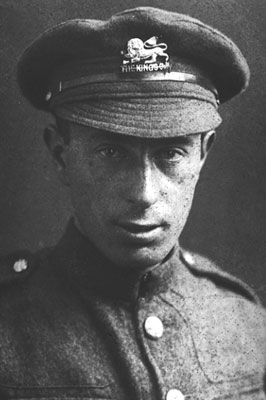|
Lost Generation
The Lost Generation was the social generational cohort in the Western world that was in early adulthood during World War I. "Lost" in this context refers to the "disoriented, wandering, directionless" spirit of many of the war's survivors in the early postwar period. The term is also particularly used to refer to a group of American expatriate writers living in Paris during the 1920s. Gertrude Stein is credited with coining the term, and it was subsequently popularised by Ernest Hemingway, who used it in the epigraph for his 1926 novel ''The Sun Also Rises'': "You are all a lost generation." In a more general sense, the Lost Generation is considered to be made up of individuals born between 1883 and 1900. In the wake of the Industrial Revolution, Western members of the Lost Generation grew up in societies which were more literate, consumerist and media-saturated than ever before, but which also tended to maintain strictly conservative social values. Young men of the cohort wer ... [...More Info...] [...Related Items...] OR: [Wikipedia] [Google] [Baidu] |
Generation
A generation refers to all of the people born and living at about the same time, regarded collectively. It can also be described as, "the average period, generally considered to be about 20–30 years, during which children are born and grow up, become adults, and begin to have children." In kinship terminology, it is a structural term designating the parent-child relationship. It is known as biogenesis, reproduction, or procreation in the biological sciences. ''Generation'' is also often used synonymously with ''cohort'' in social science; under this formulation it means "people within a delineated population who experience the same significant events within a given period of time". Generations in this sense of birth cohort, also known as "social generations", are widely used in popular culture, and have been the basis for sociological analysis. Serious analysis of generations began in the nineteenth century, emerging from an increasing awareness of the possibility of perma ... [...More Info...] [...Related Items...] OR: [Wikipedia] [Google] [Baidu] |
Nabi Tajima
Japanese supercentenarians are citizens, residents or emigrants from Japan who have attained or surpassed the age of 110 years. , the Gerontology Research Group (GRG) had validated the longevity claims of 263 Japanese supercentenarians, most of whom are women. As of , it lists the oldest living Japanese person as Fusa Tatsumi (born in Ōsaka on 25 April 1907), aged . The oldest verified Japanese and Asian person ever is Kane Tanaka (1903–2022), who lived to the age of 119 years and 107 days, making her the second oldest validated person ever as well. Japan was also home to the world's oldest man ever, Jiroemon Kimura (1897–2013), who lived to the age of 116 years and 54 days. 100 oldest known Japanese Biographies Denzo Ishizaki was an elementary school teacher and town assembly member in his hometown Kansago, Ibaraki Prefecture. At the time of his death, Ishizaki had been the world's oldest living man for almost 18 weeks, as well as the 9th oldest living pe ... [...More Info...] [...Related Items...] OR: [Wikipedia] [Google] [Baidu] |
Gas Lighting
Gas lighting is the production of artificial light from combustion of a gaseous fuel, such as hydrogen, methane, carbon monoxide, propane, butane, acetylene, ethylene, coal gas (town gas) or natural gas. The light is produced either directly by the flame, generally by using special mixes (typically propane or butane) of illuminating gas to increase brightness, or indirectly with other components such as the gas mantle or the limelight, with the gas primarily functioning as a heat source for the incandescence of the gas mantle or lime. Before electricity became sufficiently widespread and economical to allow for general public use, gas was the most prevalent method of outdoor and indoor lighting in cities and suburbs, areas where the infrastructure for distribution of the gaseous fuel was practical. When gas lighting was prevalent, the most common fuels for gas lighting were wood gas, coal gas and, in limited cases, water gas. Early gas lights were ignited manually by lampl ... [...More Info...] [...Related Items...] OR: [Wikipedia] [Google] [Baidu] |
Cholera
Cholera is an infection of the small intestine by some strains of the bacterium '' Vibrio cholerae''. Symptoms may range from none, to mild, to severe. The classic symptom is large amounts of watery diarrhea that lasts a few days. Vomiting and muscle cramps may also occur. Diarrhea can be so severe that it leads within hours to severe dehydration and electrolyte imbalance. This may result in sunken eyes, cold skin, decreased skin elasticity, and wrinkling of the hands and feet. Dehydration can cause the skin to turn bluish. Symptoms start two hours to five days after exposure. Cholera is caused by a number of types of ''Vibrio cholerae'', with some types producing more severe disease than others. It is spread mostly by unsafe water and unsafe food that has been contaminated with human feces containing the bacteria. Undercooked shellfish is a common source. Humans are the only known host for the bacteria. Risk factors for the disease include poor sanitation, not enou ... [...More Info...] [...Related Items...] OR: [Wikipedia] [Google] [Baidu] |
Mary Cassatt - The Child's Bath - Google Art Project
Mary may refer to: People * Mary (name), a feminine given name (includes a list of people with the name) Religious contexts * New Testament people named Mary, overview article linking to many of those below * Mary, mother of Jesus, also called the Blessed Virgin Mary * Mary Magdalene, devoted follower of Jesus * Mary of Bethany, follower of Jesus, considered by Western medieval tradition to be the same person as Mary Magdalene * Mary, mother of James * Mary of Clopas, follower of Jesus * Mary, mother of John Mark * Mary of Egypt, patron saint of penitents * Mary of Rome, a New Testament woman * Mary, mother of Zechariah and sister of Moses and Aaron; mostly known by the Hebrew name: Miriam * Mary the Jewess one of the reputed founders of alchemy, referred to by Zosimus. * Mary 2.0, Roman Catholic women's movement * Maryam (surah) "Mary", 19th surah (chapter) of the Qur'an Royalty * Mary, Countess of Blois (1200–1241), daughter of Walter of Avesnes and Margaret of Blo ... [...More Info...] [...Related Items...] OR: [Wikipedia] [Google] [Baidu] |
Henry Moseley
Henry Gwyn Jeffreys Moseley (; 23 November 1887 – 10 August 1915) was an English physicist, whose contribution to the science of physics was the justification from physical laws of the previous empirical and chemical concept of the atomic number. This stemmed from his development of Moseley's law in X-ray spectra. Moseley's law advanced atomic physics, nuclear physics and quantum physics by providing the first experimental evidence in favour of Niels Bohr's theory, aside from the hydrogen atom spectrum which the Bohr theory was designed to reproduce. That theory refined Ernest Rutherford's and Antonius van den Broek's model, which proposed that the atom contains in its nucleus a number of positive nuclear charges that is equal to its (atomic) number in the periodic table. This remains the accepted model today. When World War I broke out in Western Europe, Moseley left his research work at the University of Oxford behind to volunteer for the Royal Engineers of the British ... [...More Info...] [...Related Items...] OR: [Wikipedia] [Google] [Baidu] |
George Butterworth
George Sainton Kaye Butterworth, MC (12 July 18855 August 1916) was an English composer who was best known for the orchestral idyll '' The Banks of Green Willow'' and his song settings of A. E. Housman's poems from ''A Shropshire Lad''. Early years Butterworth was born in Paddington, London. Soon after his birth, his family moved to York so that his father Sir Alexander Kaye Butterworth could take up an appointment as general manager of the North Eastern Railway, which was based there. Their home was at Riseholme, a house on Driffield Terrace, which later became part of the Mount School. In 2016, the centenary year of his death on the Somme, biographer Anthony Murphy unveiled on behalf of the York Civic Trust a blue plaque to his memory at College House, Driffield Terrace, part of the Mount School. George received his first music lessons from his mother, who was a singer, and he began composing at an early age. As a young boy, he played the organ for services in the chap ... [...More Info...] [...Related Items...] OR: [Wikipedia] [Google] [Baidu] |
Wilfred Owen
Wilfred Edward Salter Owen MC (18 March 1893 – 4 November 1918) was an English poet and soldier. He was one of the leading poets of the First World War. His war poetry on the horrors of trenches and gas warfare was much influenced by his mentor Siegfried Sassoon and stood in contrast to the public perception of war at the time and to the confidently patriotic verse written by earlier war poets such as Rupert Brooke. Among his best-known works – most of which were published posthumously – are " Dulce et Decorum est", " Insensibility", " Anthem for Doomed Youth", "Futility", " Spring Offensive" and " Strange Meeting". Owen was killed in action on 4 November 1918, a week before the war's end, at the age of 25. Early life Owen was born on 18 March 1893 at Plas Wilmot, a house in Weston Lane, near Oswestry in Shropshire. He was the eldest of Thomas and (Harriett) Susan Owen (''née'' Shaw)'s four children; his siblings were Mary Millard, (William) Harold ... [...More Info...] [...Related Items...] OR: [Wikipedia] [Google] [Baidu] |
Edward Thomas (poet)
Philip Edward Thomas (3 March 1878 – 9 April 1917) was a British poet, essayist, and novelist. He is considered a war poet, although few of his poems deal directly with his war experiences, and his career in poetry only came after he had already been a successful writer and literary critic. In 1915, he enlisted in the British Army to fight in the First World War and was killed in action during the Battle of Arras in 1917, soon after he arrived in France. A study centre dedicated to Thomas is located at Petersfield Museum in Hampshire. Life and career Background and early life Edward Thomas was the son of Mary Elizabeth Townsend and Philip Henry Thomas, a civil servant, author, preacher and local politician. He was born in Lambeth, an area of present-day south London, previously in Surrey. He was educated at Belleville School, Battersea Grammar School and St Paul's School, all in London. Thomas' family were mostly Welsh. Of his six great-grandparents for whom information ... [...More Info...] [...Related Items...] OR: [Wikipedia] [Google] [Baidu] |
Rupert Brooke
Rupert Chawner Brooke (3 August 1887 – 23 April 1915)The date of Brooke's death and burial under the Julian calendar that applied in Greece at the time was 10 April. The Julian calendar was 13 days behind the Gregorian calendar. was an English poet known for his idealistic war sonnets written during the First World War, especially " The Soldier". He was also known for his boyish good looks, which were said to have prompted the Irish poet W. B. Yeats to describe him as "the handsomest young man in England". Early life Brooke was born at 5 Hillmorton Road, Rugby, Warwickshire, and named after a great-grandfather on his mother's side, Rupert Chawner (1750–1836), a distinguished doctor descended from the regicide Thomas Chaloner (the middle name has however sometimes been erroneously given as "Chaucer"). He was the third of four children of William Parker "Willie" Brooke, a schoolmaster (teacher), and Ruth Mary Brooke, née Cotterill, a school matron. Both parents were ... [...More Info...] [...Related Items...] OR: [Wikipedia] [Google] [Baidu] |
Isaac Rosenberg
Isaac Rosenberg (25 November 1890 – 1 April 1918) was an English poet and artist. His ''Poems from the Trenches'' are recognized as some of the most outstanding poetry written during the First World War. Early life Isaac Rosenberg was born in Bristol, the second of six children and the eldest son (his twin brother died at birth) of his parents, Barnett (formerly Dovber) and Hacha Rosenberg, who were Lithuanian Jewish immigrants to Britain from Dvinsk (now in Latvia). In 1897, the family moved to Stepney, a poor district of the East End of London, and one with a large Jewish community. Isaac Rosenberg attended St. Paul's Primary School at Wellclose Square, St George in the East parish. Later, he went to the Baker Street Board School in Stepney, which had a strong Jewish presence.Vivien Noakes (Editor.Isaac Rosenberg Oxford: Oxford University Press, 2008. See: Chronological Summary of Isaac Rozenberg's Life, pp. XXYII – XXXYI. During discussions of immigration issues in the H ... [...More Info...] [...Related Items...] OR: [Wikipedia] [Google] [Baidu] |





.jpg)


